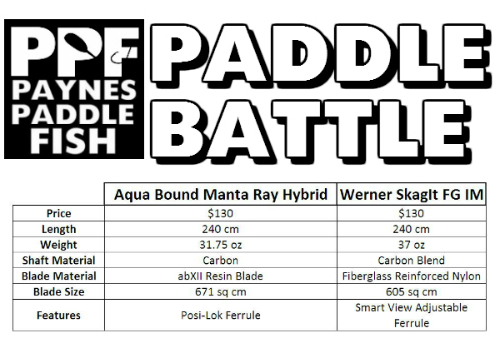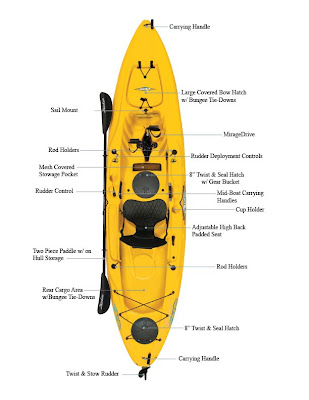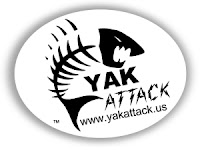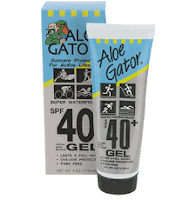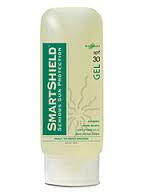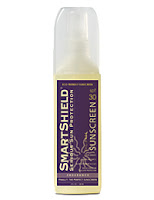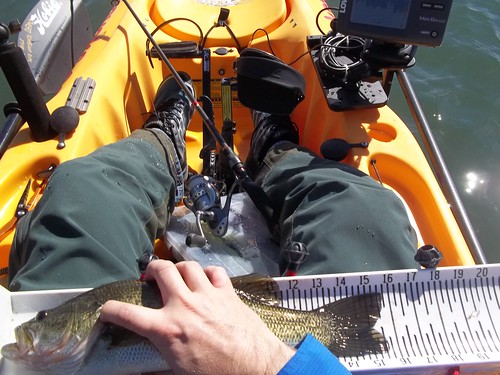Before the gear heads start saying their amens and the frugal home DIYers start condemning a price tag, I want to implore you to read the rest of this post. I want you to understand why I bought what I did. Am I saying that everyone needs this tool? Need is a strong word. I am saying that I enjoy the heck out of mine and can’t imagine not having it. Let’s get on with it.
On deck storage for fishing gear has historically been limited to milk crates or other tubs until recently. Late last year we started seeing teasers and eventually the final product called The BlackPak from YakAttack. A 10 year vet of using milk crates as storage on my kayak had me scratching my head about whether this new storage container for kayaks warranted an $85-$125 price tag (depending on the features you order.) I read up, made a few phone calls, watched a couple of videos about it and decided I needed one. Luckily I was able to get in on one of the first orders from HOOK1 and Chad Hoover got it sent to me post haste. 15 minutes after I received it, I had it put together. For the next couple of days I continually changed the configuration, added some LED lights and got it ready for the maiden voyage. I haven't fished without it since that first trip.
I could spend the next 1,000 words talking about what the BlackPak can do but several of those things can be duplicated by a milk crate. As the title graphic says, "This Ain't No Milkcrate". (I realize that's a double negative so before you email me about grammatical law, relax a bit. Pulitzer isn't calling anytime soon.)
Let's get right to the good stuff. These are the things that a BlackPak gives you that you can't get out of a milk crate. (Unless you basically mod it to be your own BlackPak)
Enclosed protection from the elements.
Protect those soft plastics from direct sunlight. While not water tight, the BP deflects most rain, splash and other intrusive water. If water does get in, it will quickly find the exit via the drains in the bottom corners.
Keep all your stuff enclosed.
Drop a 1/4 oz bullet weight into the BP and it'll be there when you get home. Same thing for hooks, split shot, worms, lures and more. Do the same in a milk crate and well, good luck. If you happen to have lures loose, they won't find their way out the sides, get tangled on items outside the crate pressed up against it or latch on to the many open gaps. Solid on all sides, everything stays inside but the water.
 The BlackPak has top rails that are ready to add on GearTrac or rig straight to it with a long t-bolt. The top, bottom and sides are all made of very sturdy Starboard that you can mount something directly to. It is pre-drilled on both sides to attach the optional rod holders and because the lid is inset you aren't bumping rods in the rod holder. The top rail also adds a nice lip that allows you to mount LED lights under to keep them away from water, knock out direct light at night to your eyes but still illuminate the BP. I drilled a couple of additional holes and added an on/off switch. One last thing about the top rails, they come designed with hooks so that your bungee in your tank well can secure it. No need to buy additional straps, mess with stretch hooks or any of that other mess. The BP is really only limited by your imagination and fits in almost every sit on top kayak. You can also bungee it down to the back of lots of sit ins as well.
The BlackPak has top rails that are ready to add on GearTrac or rig straight to it with a long t-bolt. The top, bottom and sides are all made of very sturdy Starboard that you can mount something directly to. It is pre-drilled on both sides to attach the optional rod holders and because the lid is inset you aren't bumping rods in the rod holder. The top rail also adds a nice lip that allows you to mount LED lights under to keep them away from water, knock out direct light at night to your eyes but still illuminate the BP. I drilled a couple of additional holes and added an on/off switch. One last thing about the top rails, they come designed with hooks so that your bungee in your tank well can secure it. No need to buy additional straps, mess with stretch hooks or any of that other mess. The BP is really only limited by your imagination and fits in almost every sit on top kayak. You can also bungee it down to the back of lots of sit ins as well. Sturdy.
This is not a cheap plastic Tupperware box. I've seen guys over 250 pounds (262 according to the video) standing and JUMPING on the BlackPak. Chad wants to make sure it is sturdy so he tries it. Don't believe me? Go here: http://www.ustream.tv/recorded/27862020/highlight/314104
The BlackPak is super lightweight yet rugged and durable. You aren't going to find that for $4 at WalMart.
Have you ever tried to make something like this yourself? Some guys can. When I say some, I mean very few. Most of us can zip tie some stuff together to make an enclosed box, sure, but to make it this sturdy, without exposed openings in the sides and corners, with rigging hooks and top rails and just the material alone you are going to spend a nice chunk of money. I did some rough calculations for 1 18" X 18" piece in black at 1/4" thick. That's $13.50 without shipping or taxes. Check it here: http://www.tapplastics.com/product/plastics/cut_to_size_plastic/king_starboard/526
You would need 6 of those. You'll have to find some way to do corners on your own. For purchase, shipping and taxes, just the sides of this are going to cost you $102.68. Better not mess up. That's for the basic sides. You don't have top rails, rod holders, corners, hardware, bungee etc to finish this out. For $85 you could get the base setup and come out ahead. See what I'm getting at here? You can make a copy but with the same quality components, it will cost you more and look and function much worse. You come out way ahead with the deluxe model for $125 too and did I mention it's also available in white now?
I realize some folks don't have the money or want to spend the money and that's cool. But if you think you will duplicate the BlackPak by scrapping together some plastic around a milk crate, you should think again. Just because a wagon has four wheels doesn't mean it's a Ferrari.
If you want to see one in person and are in the Dallas area, check out the Mariner-Sails show room. They are located at 11110 Stemmons Freeway, Dallas, TX 75229.
If you aren't in the Dallas area but are ready to order one, go here: http://kayakfishinggear.com/yakattack-blackpak.aspx


